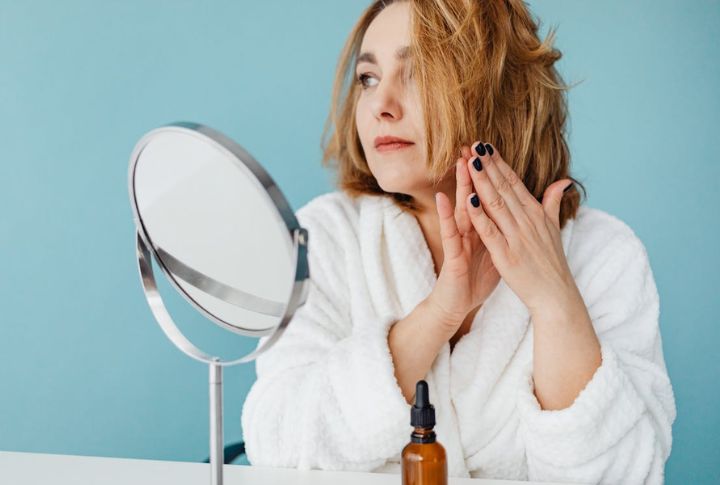
Across continents, hair oiling has found a way to blend into local customs without losing its original purpose. Each tradition reflects generations of knowledge, shaped by climate, resources, and cultural values. Over time, it has preserved its core role in nourishing and protecting hair while taking on unique cultural meaning. So, here are ten examples showing how it continues to hold significance worldwide.
Ancient Egypt Used Castor Oil As A Sacred Hair Elixir
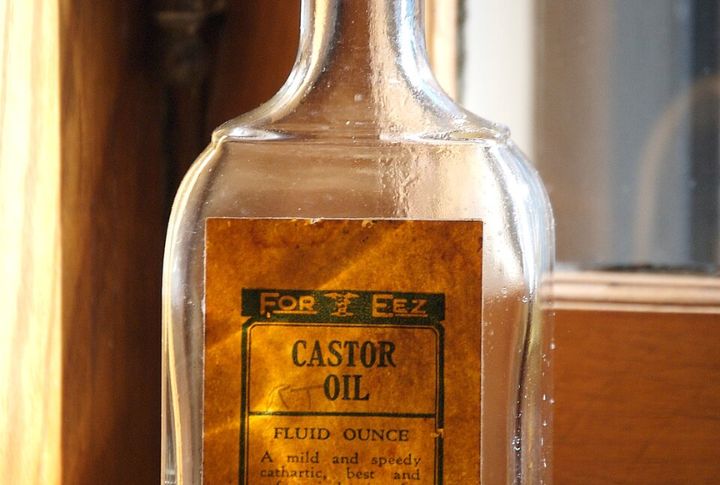
By 2000 BCE, castor oil was a trusted staple in Ancient Egyptian hair care. The discovery of castor beans in tombs from 4000 BCE highlights their long use. Egyptians believed this thick oil prevented hair loss and promoted growth. Cleopatra, the famed Egyptian queen, also reportedly relied on its rich, moisturizing texture in her beauty rituals.
Ayurveda Views Hair Oiling As A Dosha-Balancing Ritual
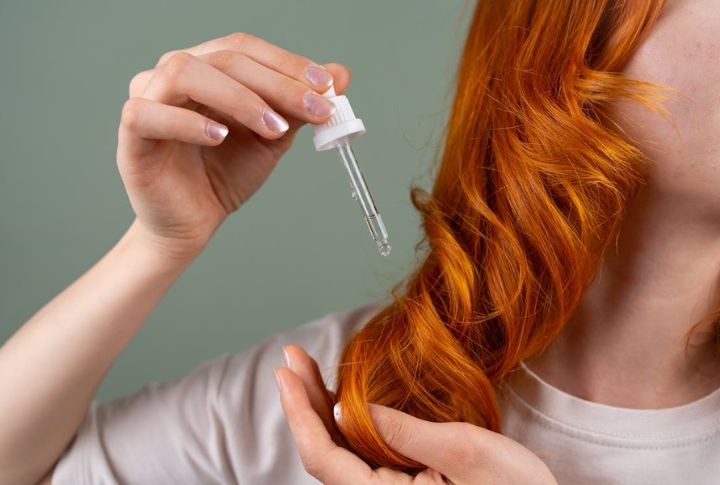
Ayurveda teaches that hair oiling balances three energies in the body known as doshas — Vata, Pitta, and Kapha, which influence your health and mood. To calm each dosha, oils like Brahmi and Bhringraj are carefully chosen. Massaging the scalp with these oils helps you relax, and some are even soaked in moonlight to boost their power.
The Greeks Infused Olive Oil With Herbs For Hair Vitality
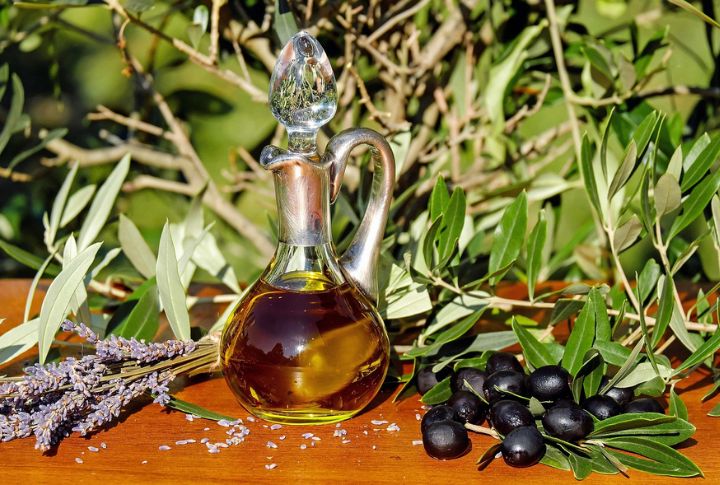
Try what ancient Greeks swore by—olive oil for hair vitality. Used for shine and scalp nourishment, it was usually infused with rosemary or lavender to support scalp health. Athletes used it for strength and softness. With antioxidant power, it was also believed to delay early signs of aging. It’s simple and effective.
Chinese Royalty Favored Camellia Oil For Glossy Hair

For over 1,000 years, camellia oil has been a trusted hair care staple across East Asia. Chinese empresses applied it to strengthen hair and add silkiness. The oil sinks in fast and leaves hair feeling clean because oleic acid matches the scalp’s natural oils. Samurai wives, married to Japan’s warrior class, also relied on it.
The Prophet Muhammad Recommended Oil For Hair Care
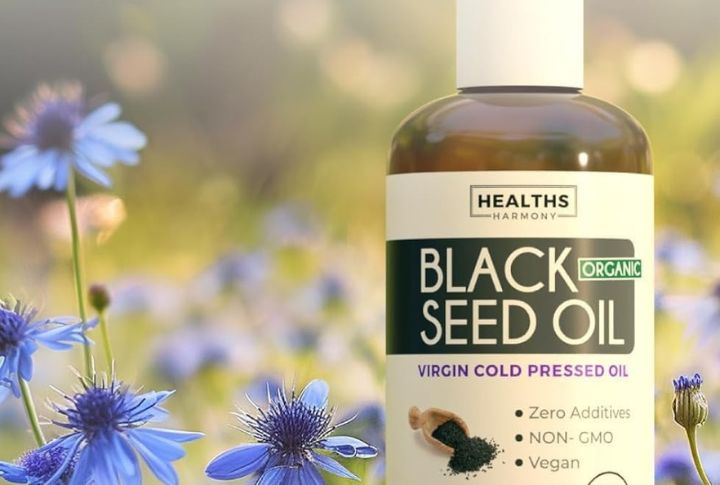
The Prophet Muhammad encouraged hair oiling as part of daily grooming for cleanliness and care. Hadiths, collections of his sayings and actions, highlight olive oil’s hygienic and spiritual benefits. Black seed oil was also widely used. Following the Sunnah, in his example, these practices emphasize discipline in maintaining proper hair care.
African Traditions Used Shea Butter And Baobab Oil
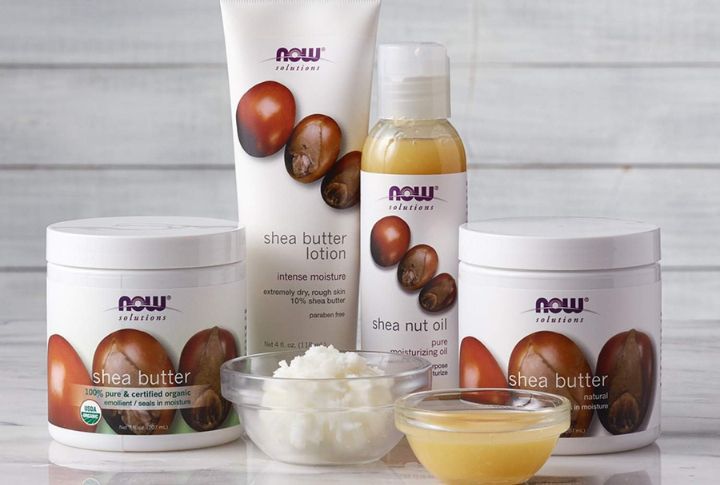
Hair oiling in African tradition went beyond beauty and served as nourishment, protection, and cultural expression. For example, Shea butter locks in moisture for healthy braids, while baobab oil nourishes hair from root to tip with vital nutrients. In some communities, oils like these marked rites of passage, where care and tradition united through hair.
Medieval Persians Crafted Scented Hair Oils With Saffron

In medieval Persia, saffron-infused oils were used for both beauty and wellness. Physicians created blends believed to support scalp health and lift mood. These oils served dual purposes—fragrance for masking odors and care for hair. Whether applied in royal chambers or medicinal spaces, oiling was both healing and luxurious.
Indigenous Australians Relied On Emu Oil For Hair Strength
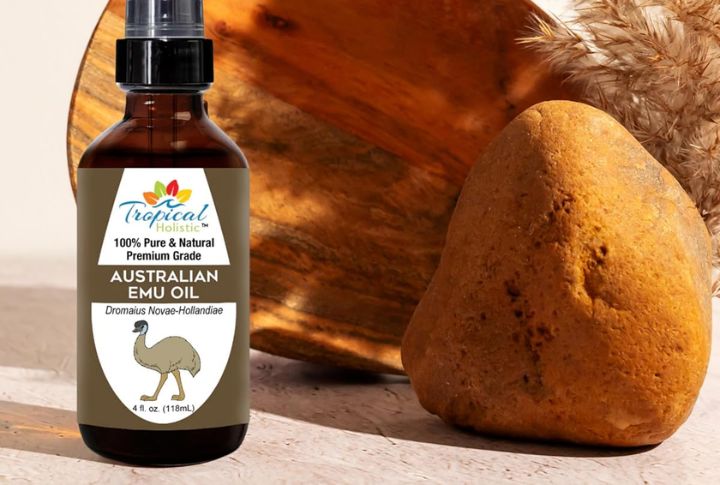
Indigenous Australians have relied on emu oil for centuries to strengthen hair and support scalp health. Packed with fatty acids and antioxidants, it seeps deeply into the skin, more than most oils. Today, emu oil remains valued for its natural moisturizing and healing benefits in hair and skin care routines worldwide.
Traditional Moroccan Hair Care Revolved Around Argan Oil
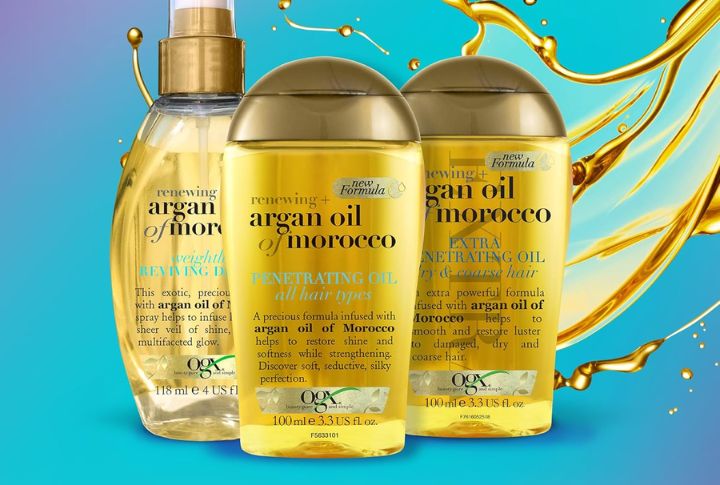
Long before Argan oil became a beauty buzzword, Moroccan women knew its value. They hand-pressed this golden oil and used it before weddings or special ceremonies. For Berber women, it wasn’t just for shine; it stood for beauty and purity. Plus, it protected their hair from the dry, desert air.
Indian Champi Massage Was More Than Just Relaxation

For better circulation and a calm mind, consider a champi. This traditional Indian head massage used herbal oils and focused on energizing pressure points. Village barbers, community groomers, and healers passed the technique down through apprentices. Additionally, British colonizers adopted “shampoo” from it, and some families still keep the relaxing ritual alive today.

